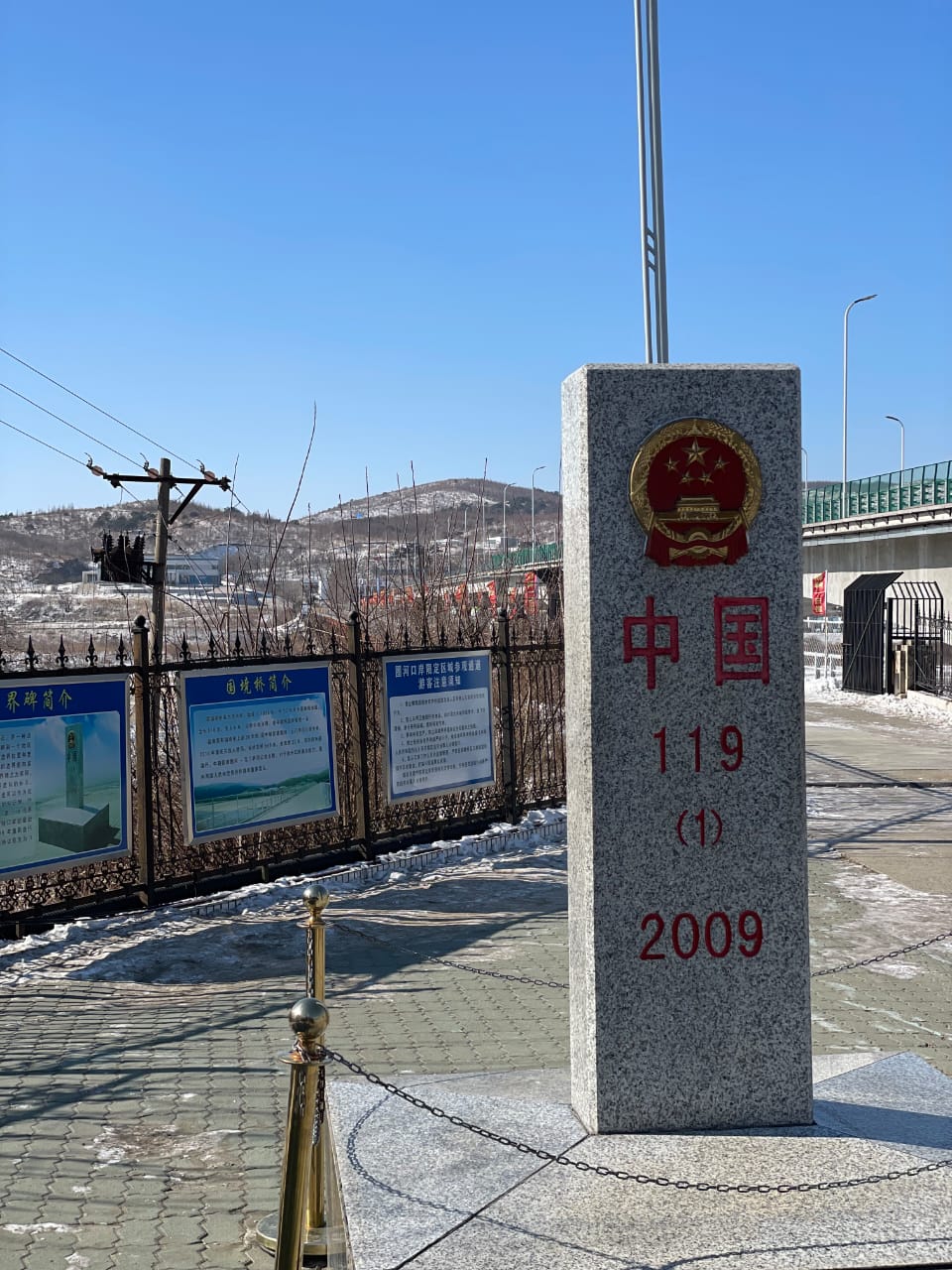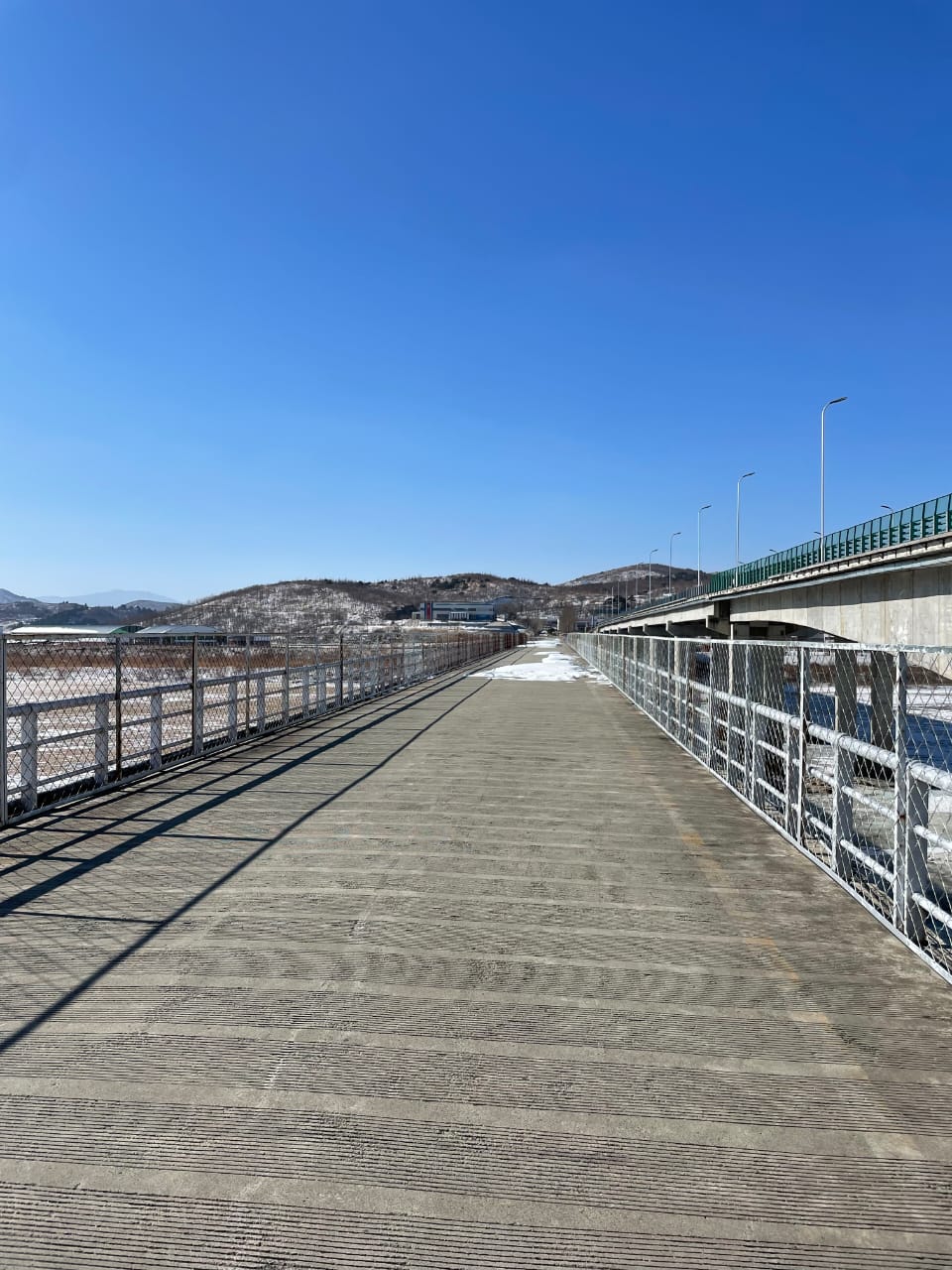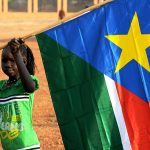With the exciting news of the Rason Special Economic Zone of North Korea reopening to tourists, the country’s tourism is steadily getting back on track. Currently, for non-Russian travellers, the Quanhe – Wonjong border in Yanbian, China, is the only gateway to Rason.
Table of Contents
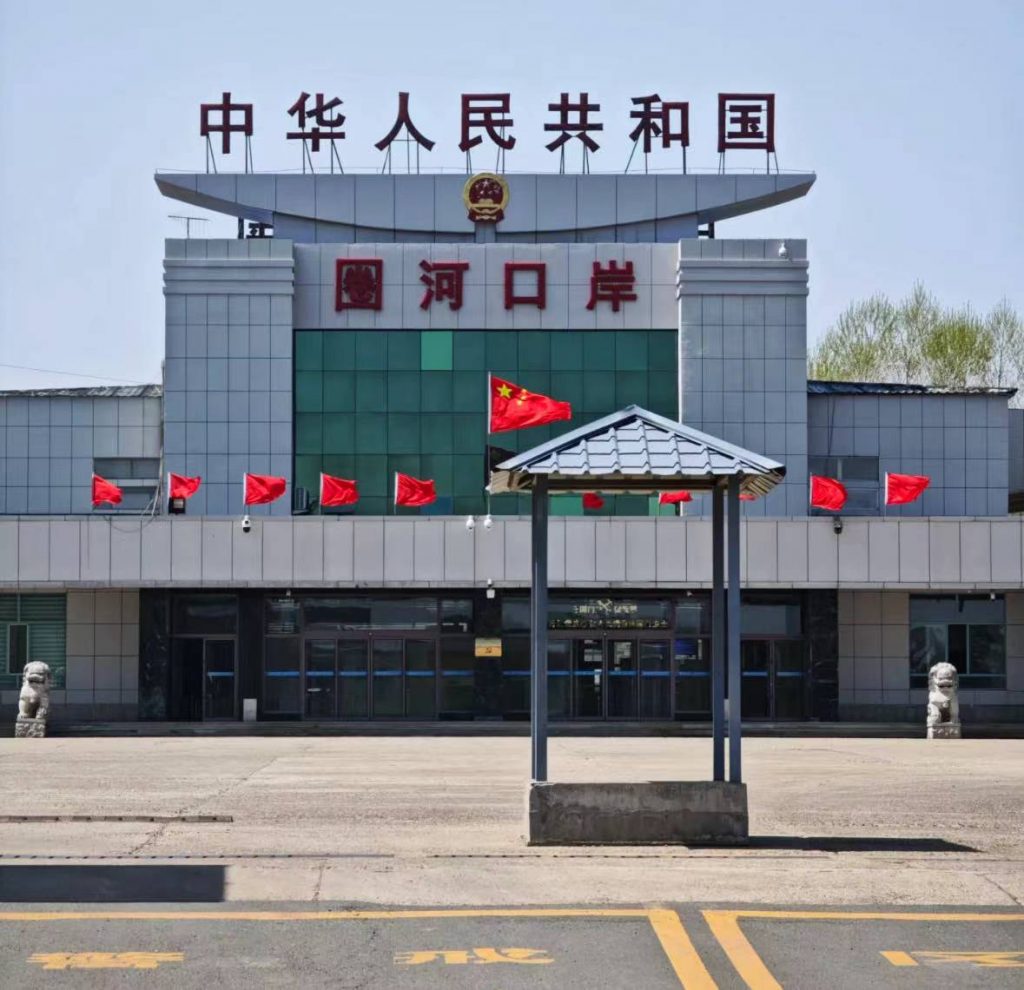
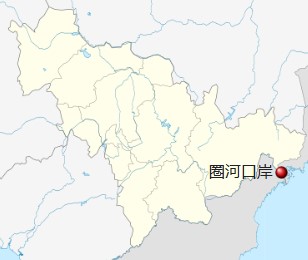
LOCATION AND APPEARANCE OF THE QUANHE – WONJONG BORDER
The Quanhe – Wonjong border is the crossing point connecting Hunchun City in China with the Rason SEZ in North Korea. It is located about 140 kilometres from Yanji City and roughly 51 kilometres from Rajin.
On the Chinese side, you’ll see a simple rectangular building structure with the inscription “People’s Republic of China” in Chinese characters at the top. Below, the Chinese national emblem hangs, and beneath that, you’ll find the Chinese characters for “Quanhe Port.”
On the North Korean side, the building is more design-oriented, with brighter colours compared to the Chinese side. The North Korean national emblem hangs above, and the inscription “Wonjong Port” is written in Korean.
HOW TO GET TO THE QUANHE-WONJONG BORDER
To reach the Quanhe – Wonjong border from the Chinese side, you first need to arrive in Yanbian Korean Autonomous Prefecture, located in the northeastern border region of China. YPT conducts pre-tour meetings in Yanji, the capital of Yanbian, which has relatively convenient transportation options.
You can take the daily G3649 high-speed train from Beijing Chaoyang Station to Yanji West, or fly directly to Yanji Chaoyangchuan International Airport from cities like Beijing, Shanghai, and Guangzhou.
When returning to China from North Korea, if you haven’t planned your return trip in advance, you can check the train schedules of nearby Chinese cities at the Imperial Hotel of Rason. Of course, YPT can also assist with post-tour arrangements.
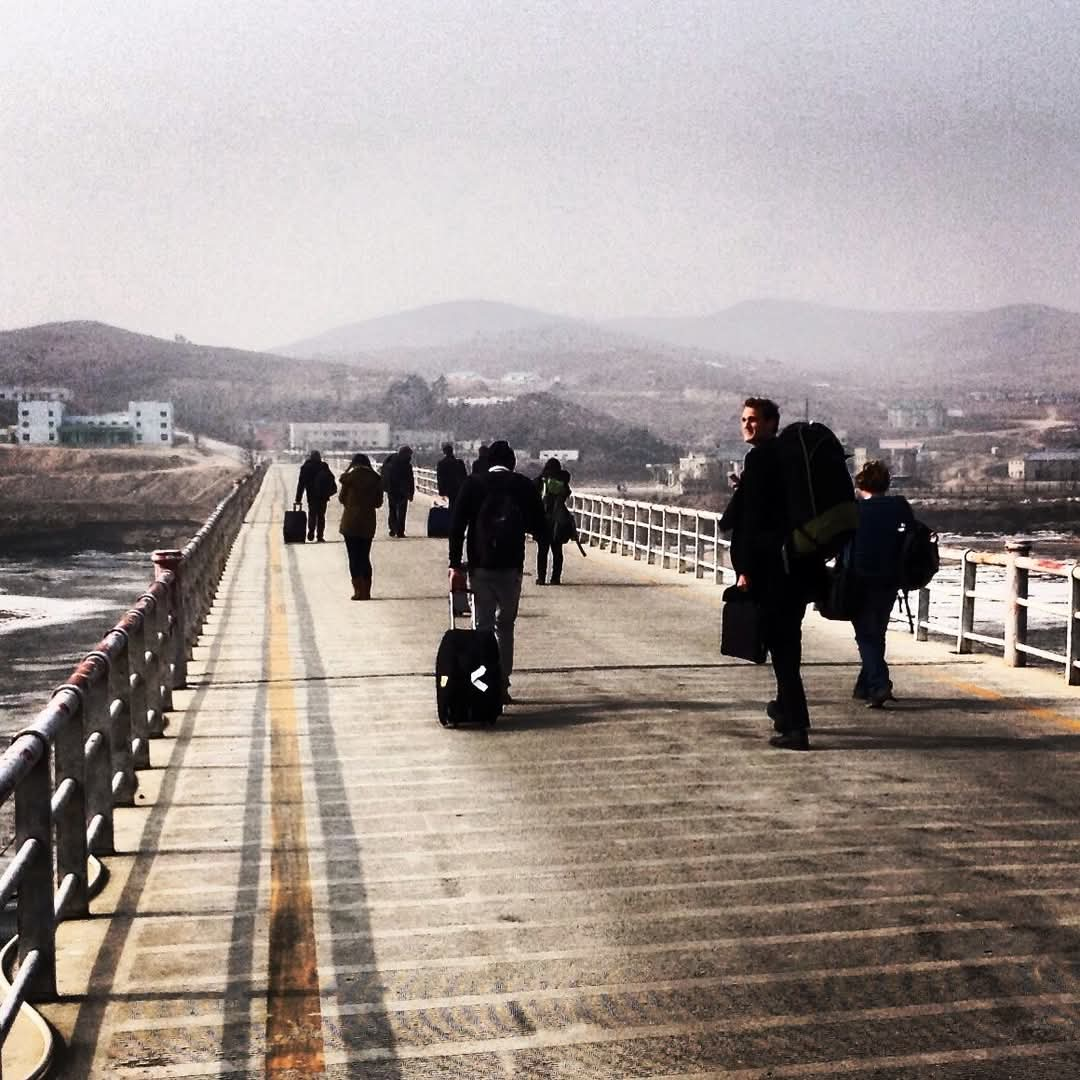
THE PROCEDURE OF CROSSING THE QUANHE-WONJONG BORDER
Let’s walk through the entire procedure you’ll go through when crossing the border from China to Rason SEZ, North Korea.
The procedure for entering from the Chinese side is relatively simple, you just need to pass the inspection by the Chinese immigration officers to successfully proceed. YPT regularly ran Rason tours before COVID, and if you encounter any difficulties, the experienced YPT guides will do their best to assist you in crossing smoothly.
Once you’ve exited from the Chinese side, you will notice that the Quanhe Port in Hunchun and Wonjong Port in Rason are separated by a river. In China, it is called the Tumen River, while in North Korea, it’s referred to as the Duman River.
Above the river, a large bridge connects the two ports, and you will see Chinese and North Korean minibuses used as shuttle buses across the river. Before the pandemic, the bus fare was 5 RMB for a one-way trip. You can take the bus to cross between the two countries, or, for a more adventurous and ceremonious experience, you could walk across the bridge.
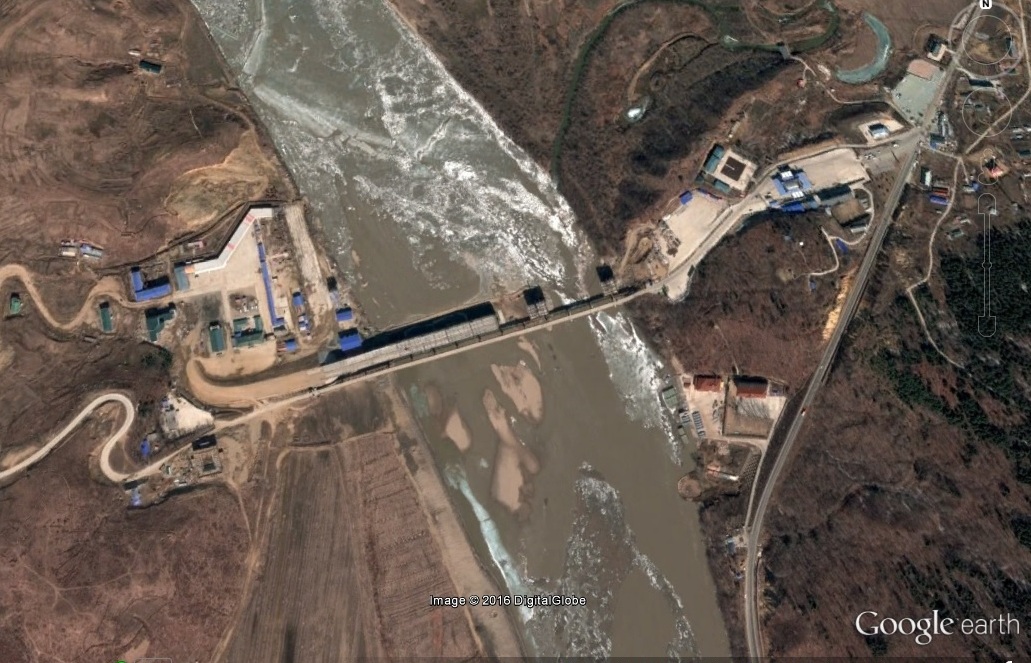
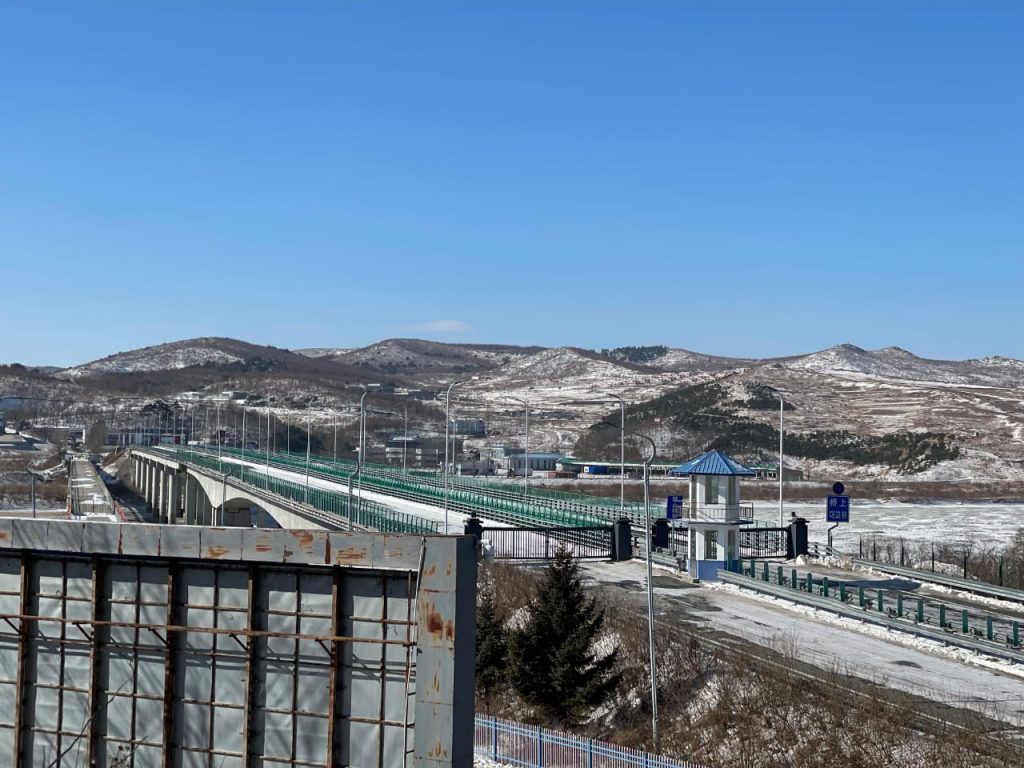
Also, at this border, you might witness something rare at other North Korean border crossings but common here – foreigners driving their own cars into North Korea. This is due to Rason’s status as a Special Economic Zone (SEZ), where a different system operates compared to other areas. You can learn more about North Korea’s SEZs in this comprehensive introduction blog.
After crossing the bridge, you will reach the Wonjong port in North Korea. The process for the North Korean side is more complicated than on the Chinese side and will take longer. It involves four stages in total.
Firstly, you will need to go to a side window and collect a small ticket where you must fill in your personal details. Once completed, along with your other documents, return to the window where North Korean officers will stamp your ticket.
Next, you will need to queue at a second window and present your ticket, passport, and travel permit. If everything is in order and approved, you will receive the second stamp on your ticket. If the officer wishes to inspect your phone at this point, they will take you to a separate room for the inspection. Once cleared, you will receive the third stamp.
Following this, you will undergo a security check. Once you pass, you will receive the fourth stamp.
Finally, at a small window near the exit, you will need to pay 10 RMB (before the pandemic). After receiving your payment, the officer will stamp your ticket with the fifth and final stamp.
Once you’ve exited the immigration building, North Korean soldiers will inspect your ticket and passport in the yard. After this final check, congratulations! You have successfully completed all the procedures and can now enter Rason SEZ in North Korea, ready to start your exciting and memorable journey with YPT.
THE HISTORY OF THE QUANHE-WONJONG BORDER
The cross-border bridge at Quanhe – Wonjong was built in the 1930s. After the founding of the People’s Republic of China, Quanhe – Wonjong became a Class II border crossing, later transformed for official use only.
Two years after Rason became an SEZ, in 1998, the Chinese government officially upgraded Quanhe Port to a Class I border crossing, allowing nationals from third countries, apart from China and North Korea, to pass through.
Before COVID, the Quanhe – Wonjong Border was open from Monday to Saturday each week. Currently, the border is only open on Mondays and Thursdays.
On 27 January 2020, the Quanhe – Wonjong border posted a notice announcing the suspension of all entries, with those who had a strong willingness to enter being subjected to a one-month quarantine.
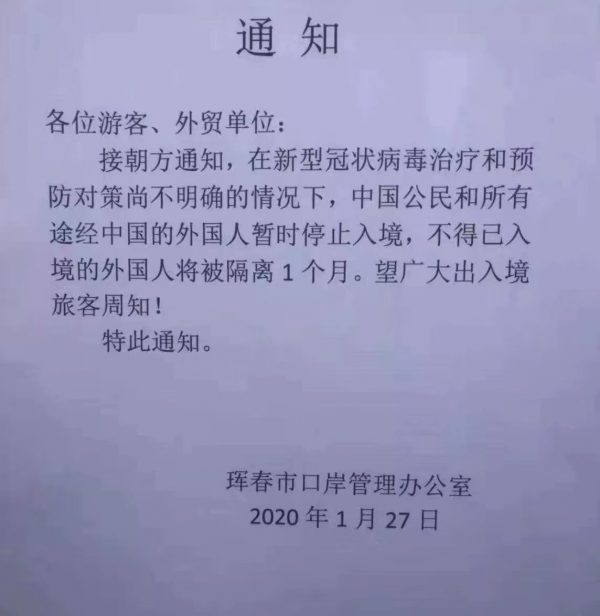
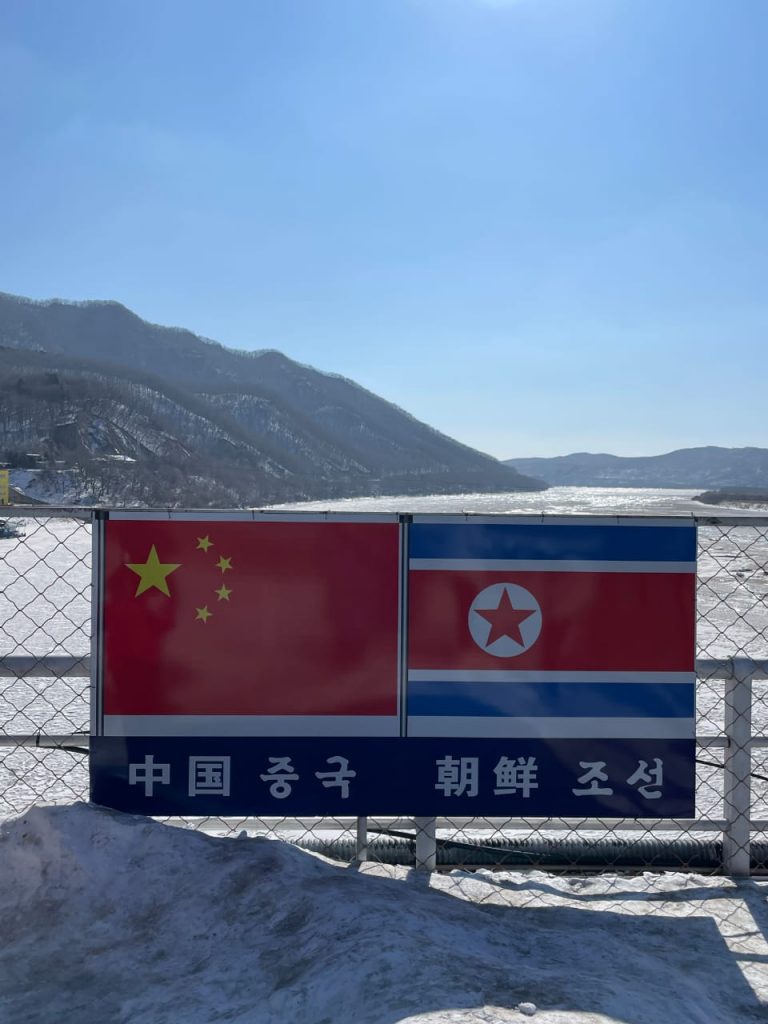
On 28 January, the Rason government officially informed that all foreign nationals who entered after 13 January would be subjected to 35 days of mandatory quarantine at the Pipha Island Hotel, while those who had entered before 13 January and remained in the country would be quarantined at the hotel they were staying at.
For those quarantined at the Pipha Island Hotel, the accommodation fee was 50 RMB per person per day. Those who are quarantined could order food based on their preferences, with the cost calculated separately. Some businessmen had offered long-stay room bookings in hotels in Rason city, and the fees for their rooms were waived entirely.
Foreign nationals quarantined in their hotels were charged half the price for long-stay rooms. During quarantine, hotels had restaurants where guests could order meals at their own expense. Each day, guests underwent two temperature checks. They could move freely within the hotel premises but were not allowed to leave the hotel grounds.
However, with the cancellation of COVID regulations, all of these above have now become a heavy and unique memory of the past.
CONCLUSION
Before the pandemic, the most well-known ways to travel to North Korea were by train or plane, with typical destinations being the northwestern border city of Sinuiju or the capital city of Pyongyang.
Rason is a city rarely visited by travellers – even in North Korea. It is considered completely off the beaten path. And when it comes to crossing the Quanhe-Wonjong border to reach Rason, it’s even more unique. With the experienced Rason tour operator YPT, you can meet like-minded travellers and knowledgeable guides, making your Rason trip a truly once-in-a-lifetime experience.
YPT also runs tours in other parts of North Korea and China. You can find detailed itineraries on our website.
